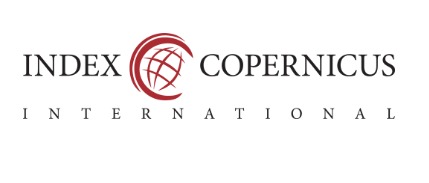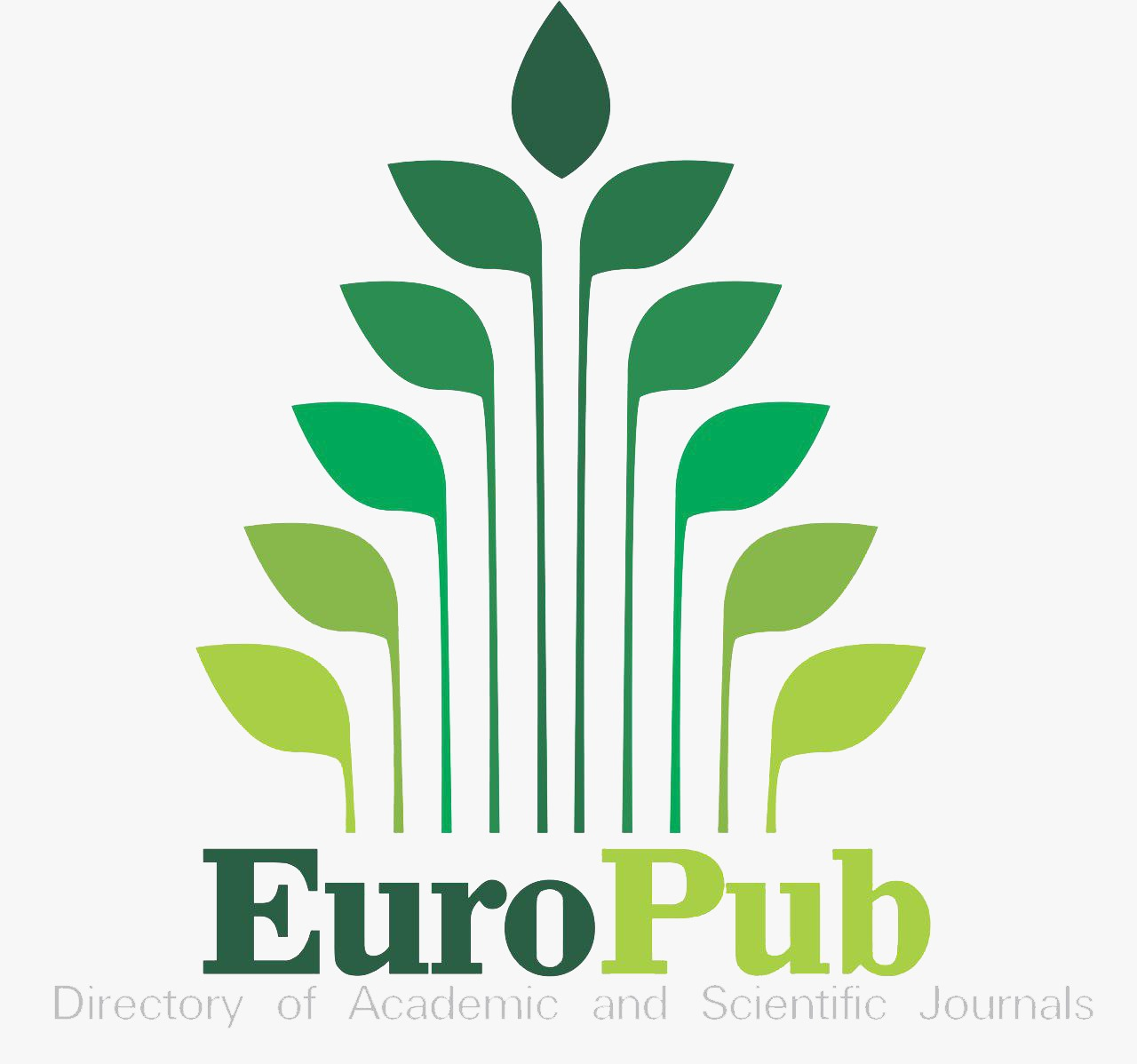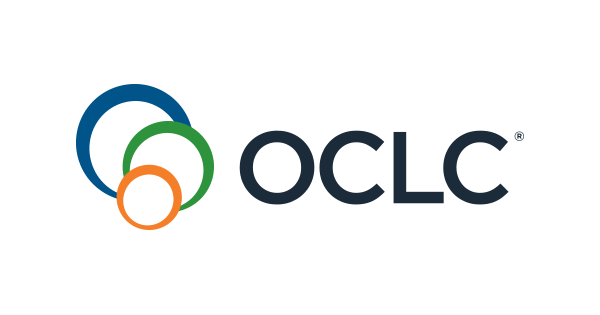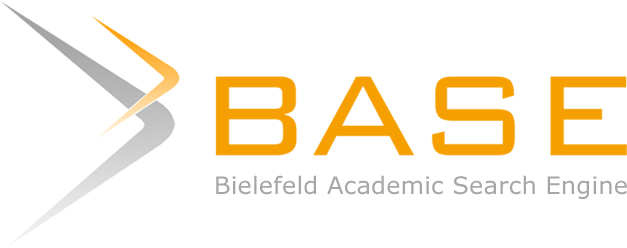Innovation and tourism: Between territorial reproduction and sustainable development
Abstract
Aim: Located less than an hour from the red city of Marrakech, the Ourika valley is experiencing rapid environmental, demographic, sociocultural, economic, etc., changes. The local way of life and conventional production methods are also being shaken up by these developments. Our study’s central focus will guide this introspection and embed it within the larger framework of a territory project designed to organize these areas’ underlying resources and physical territory (what can be done; what happens there; offers channels; events). Different types of wellness tourism can be viewed as part of a sustainable, cross-border innovation thanks to innovations in, and appreciation for, valorization, combination, and connection.
Methodology: Since our research problem required an objective examination of preexisting phenomena and events that could not be influenced by the researcher, we opted for a quantitative approach. The data can be analyzed by exploring the information and extrapolating the findings to the entire population.
Findings: It is important to take advantage of the opportunity presented by the tourist gardens because the product can help to diversify the valley’s tourism industry. Also, the Ourika valley is off-limits for displaying or discussing aromatic and medicinal plants. This sector is indeed highly respected, professionally run, and widely recognized. Several national and international brands have recognized the quality and value of these plants in cosmetics, care, and well-being, so they are supplied to those businesses.
Implications/Novel Contribution: This research delves deeper into the Moroccan tourism industry and the novel factors that boost tourism-related pursuits in the country.
References
Boutroy, E., Bourdeau, P., & et Nicolas Senil, P. M. (2012). Combination of geographical and socio-economic proximities. Journal of Alpine Research, 100(3), 1-15. doi:https://doi.org/10.4000/rga.1920
Clarke, J. (1996). Farm accommodation and the communication mix. Tourism Management, 17(8), 611–616. doi:https://doi.org/10.1016/S0261-5177(97)84224-0
Fleischer, A., & Tchetchik, A. (2005). Does rural tourism benefit from agriculture? Tourism Management, 26(4), 493-501. doi:https://doi.org/10.1016/j.tourman.2003.10.003
Ilbery, B., Bowler, I., Clark, G., Crockett, A., & Shaw, A. (1998). Farm-based tourism as an alternative farm enterprise: A case study from the Northern Pennines, England. Regional Studies, 32(4), 355-364.
Jam, F. A., Sheikh, R. A., Iqbal, H., Zaidi, B. H., Anis, Y., & Muzaffar, M. (2011). Combined effects of perception of politics and political skill on employee job outcomes. African Journal of Business Management, 5(23), 9896-9904.
Jam, F. A., Singh, S. K. G., Ng, B., Aziz, N., et al. (2018). The interactive effect of uncertainty avoidance cultural values and leadership styles on open service innovation: A look at Malaysian healthcare sector. International Journal of Business and Administrative Studies, 4(5), 208–223. doi:https://dx.doi.org/10.20469/ijbas.4.10003-5
Khan, S., Jam, F. A., Shahbaz, M., & Mamun, M. A. (2018). Electricity consumption, economic growth and trade openness in Kazakhstan: Evidence from cointegration and causality. OPEC Energy Review, 42(3), 224-243.
Khan, T. I., Jam, F. A., Akbar, A., Khan, M. B., & Hijazi, S. T. (2011). Job involvement as predictor of employee commitment: Evidence from Pakistan. International Journal of Business and Management, 6(4), 252-262. doi:https://doi.org/10.5539/ijbm.v6n4p252
Marasco, A., De Martino, M., Magnotti, F., & Morvillo, A. (2018). Collaborative innovation in tourism and hospitality: A systematic review of the literature. International Journal of Contemporary Hospitality Management, 30(6), 2364-2395. doi:https://doi.org/10.1108/IJCHM-01-2018-0043
Peters, M., & Pikkemaat, B. (2006). Innovation in tourism. Journal of Quality Assurance in Hospitality & Tourism, 6(3-4), 1–6. doi:https://doi.org/10.1300/J162v06n03_01
Sanni, S. A., Ngah, Z. A., Karim, N. H. A., Abdullah, N., & Waheed, M. (2013). Using the diffusion of innovation concept to explain the factors that contribute to the adoption rate of e-journal publishing. Serials Review, 39(4), 250-257.
Sun, Y., Duru, O. A., Razzaq, A., & Dinca, M. S. (2021). The asymmetric effect eco-innovation and tourism towards carbon neutrality target in Turkey. Journal of Environmental Management, 299, 1-9. doi:https://doi.org/10.1016/j.jenvman.2021.113653
Waheed, M., Kaur, K., Ain, N., & Sanni, S. A. (2015). Emotional attachment and multidimensional self-efficacy: Extension of innovation diffusion theory in the context of ebook reader. Behaviour & Information Technology, 34(12), 1147-1159.
Williams, A. M., & Shaw, G. (2011). Internationalization and innovation in tourism. Annals of Tourism Research, 38(1), 27–51. doi:https://doi.org/10.1016/j.annals.2010.09.006

This work is licensed under a Creative Commons Attribution-NonCommercial 4.0 International License.












.png)










